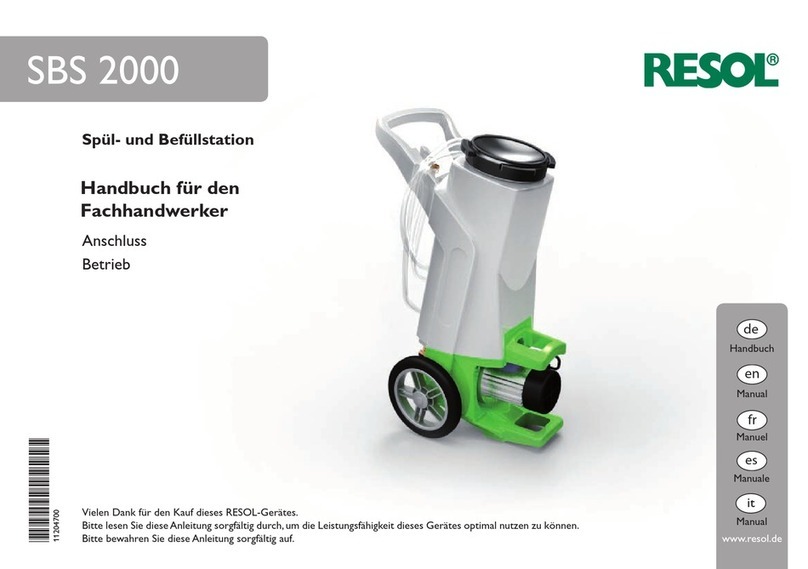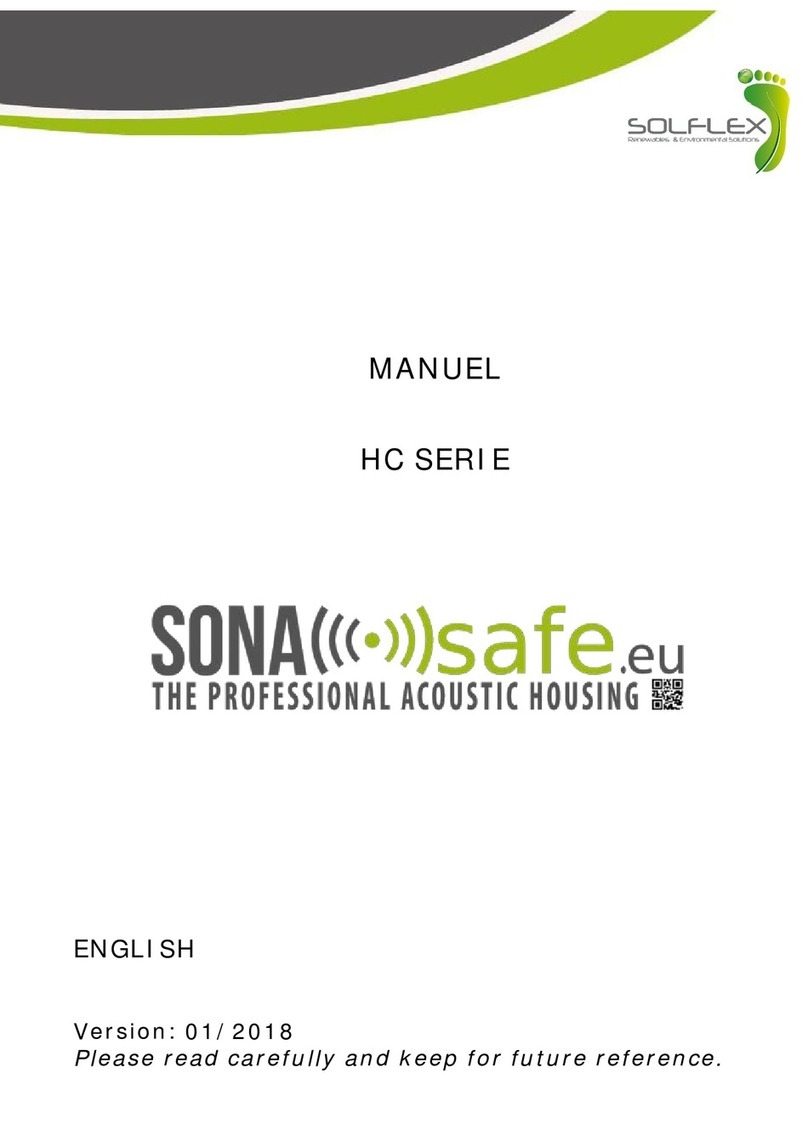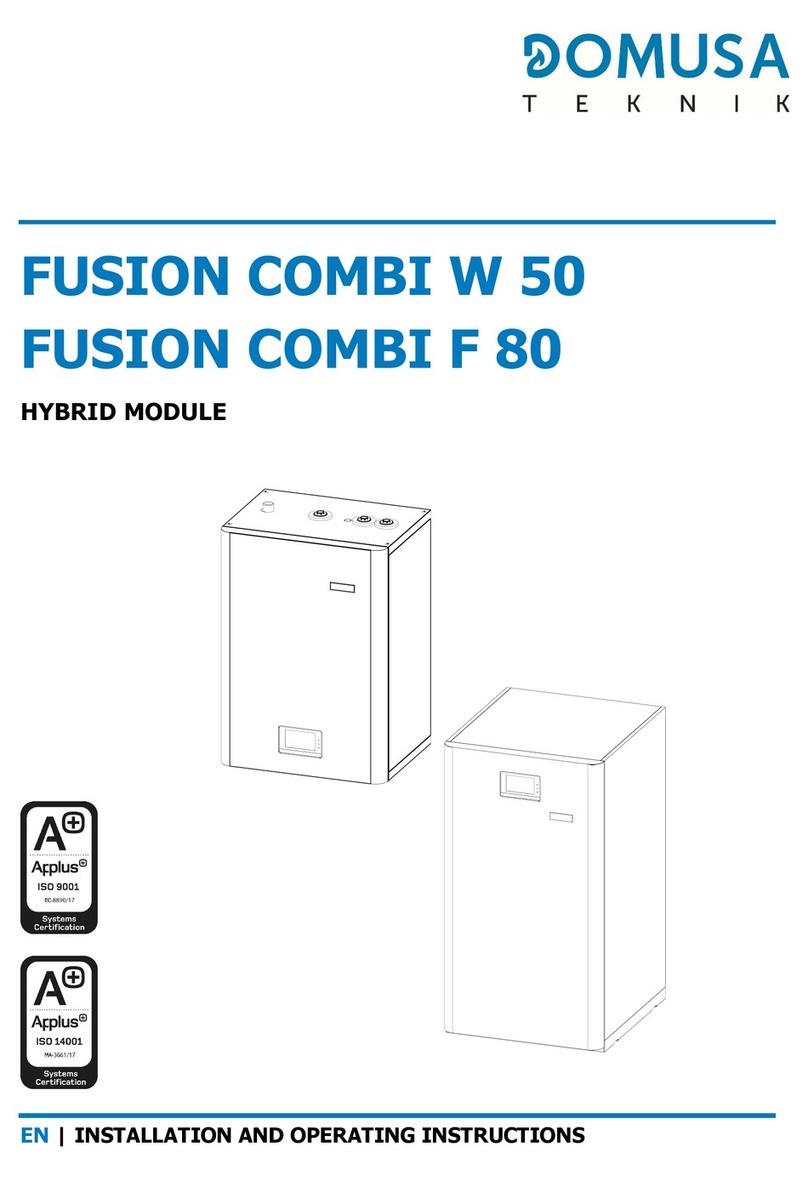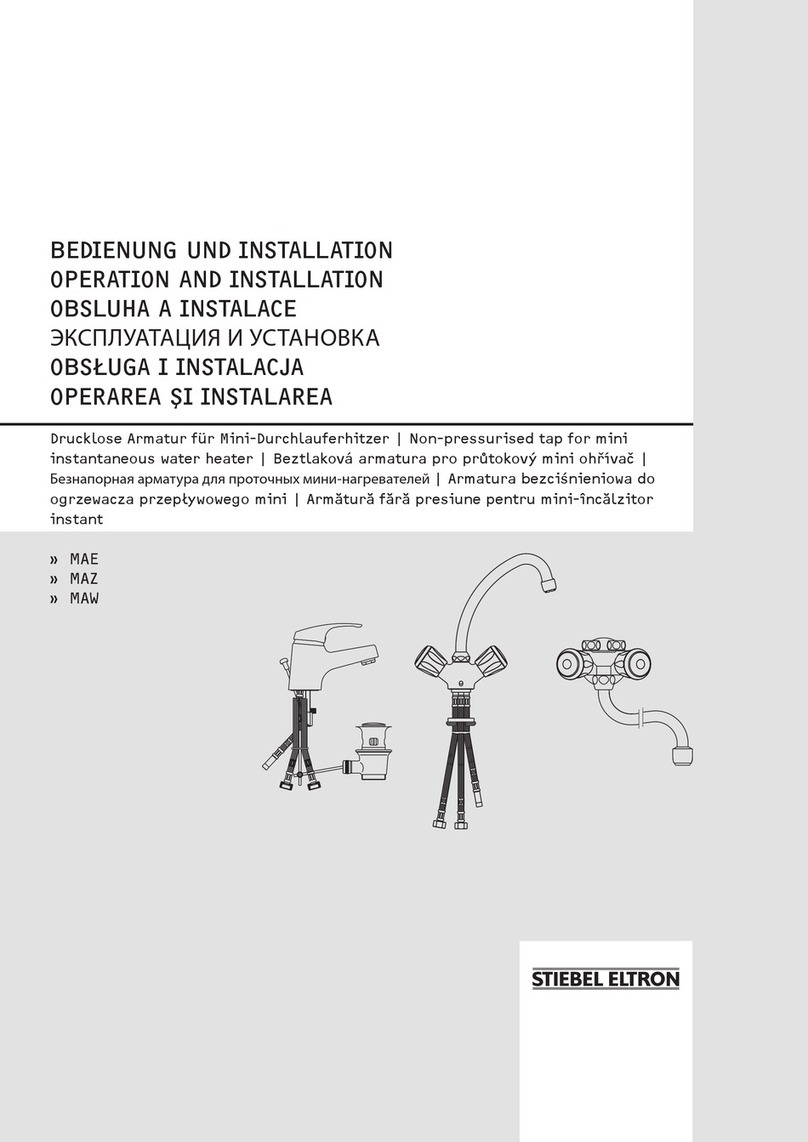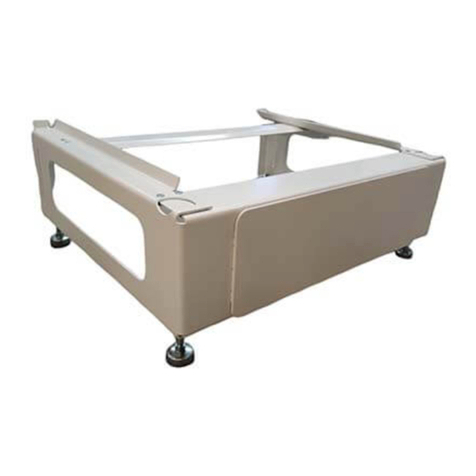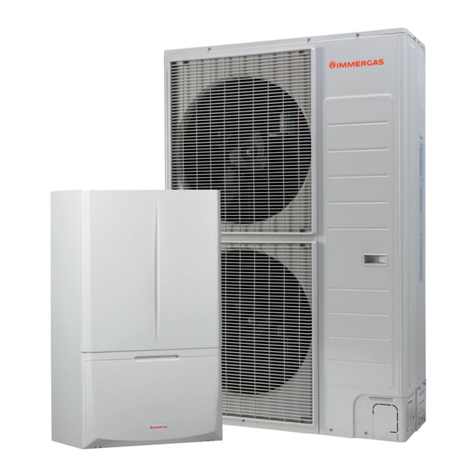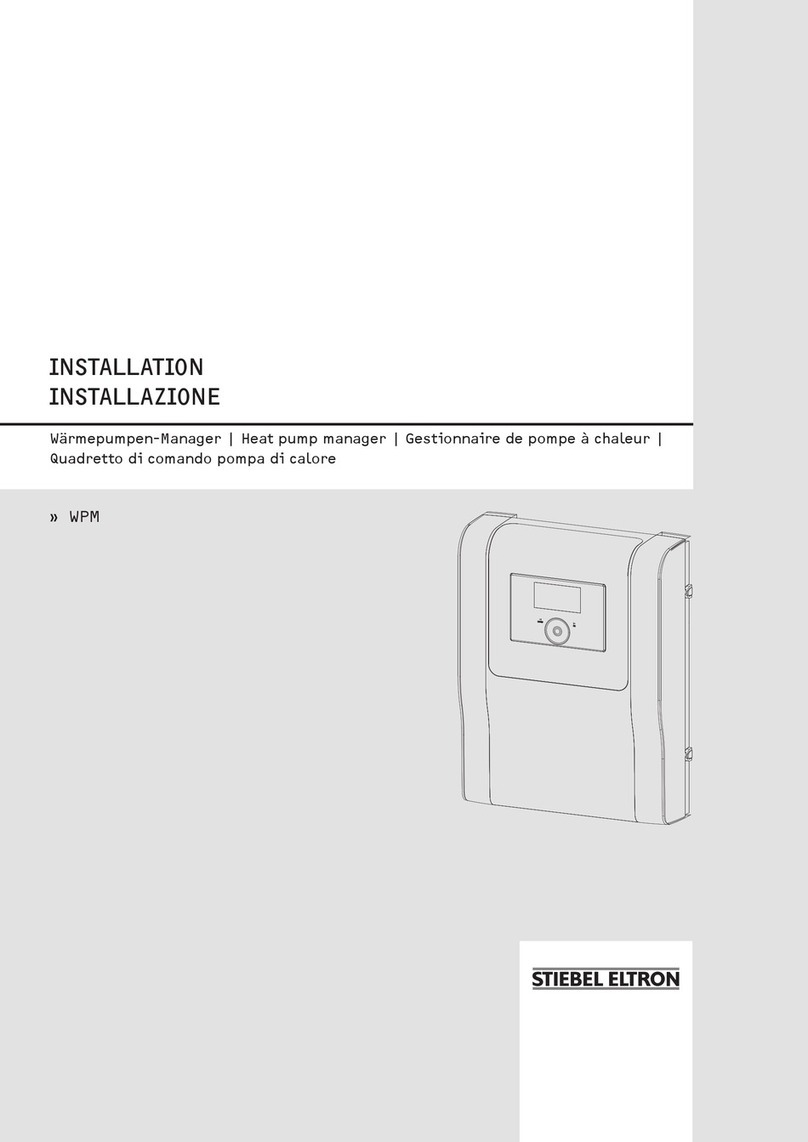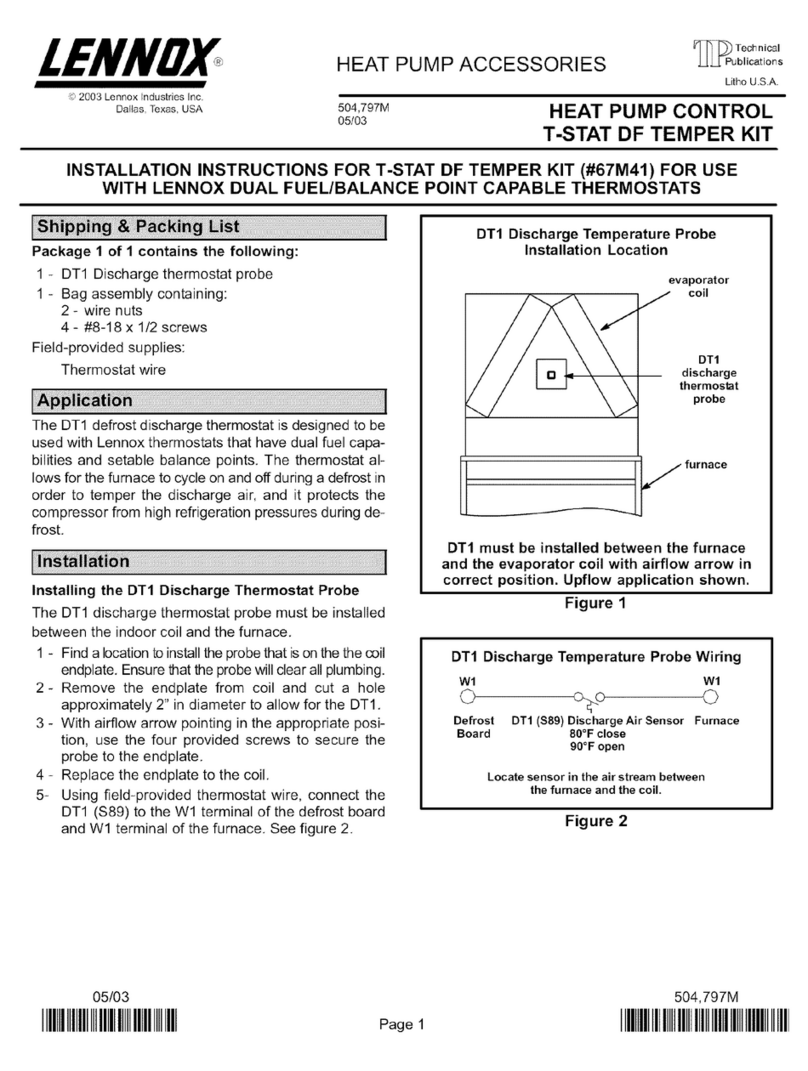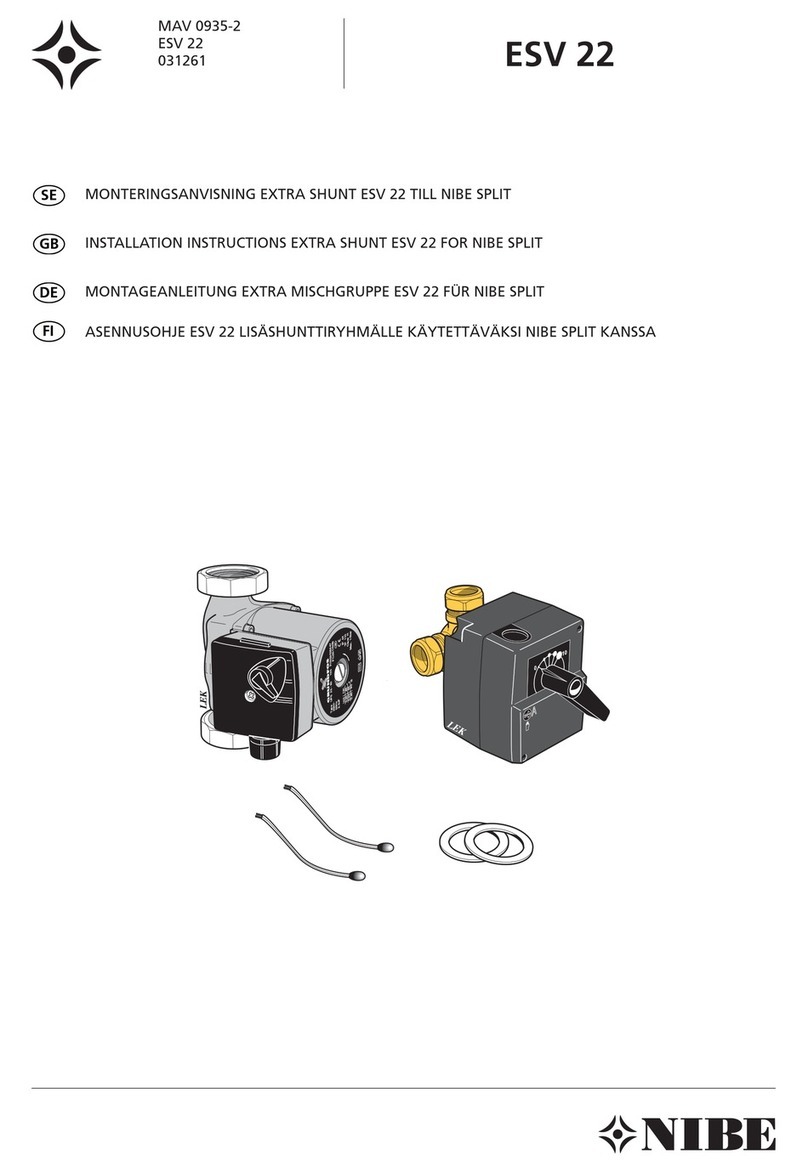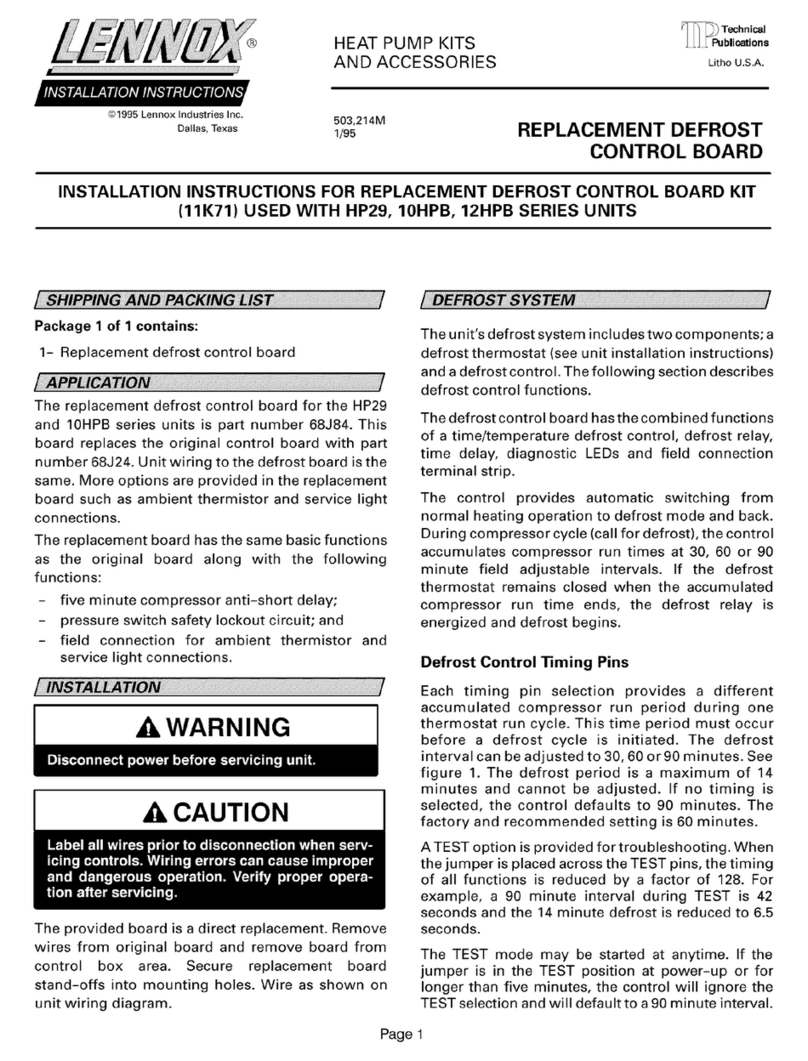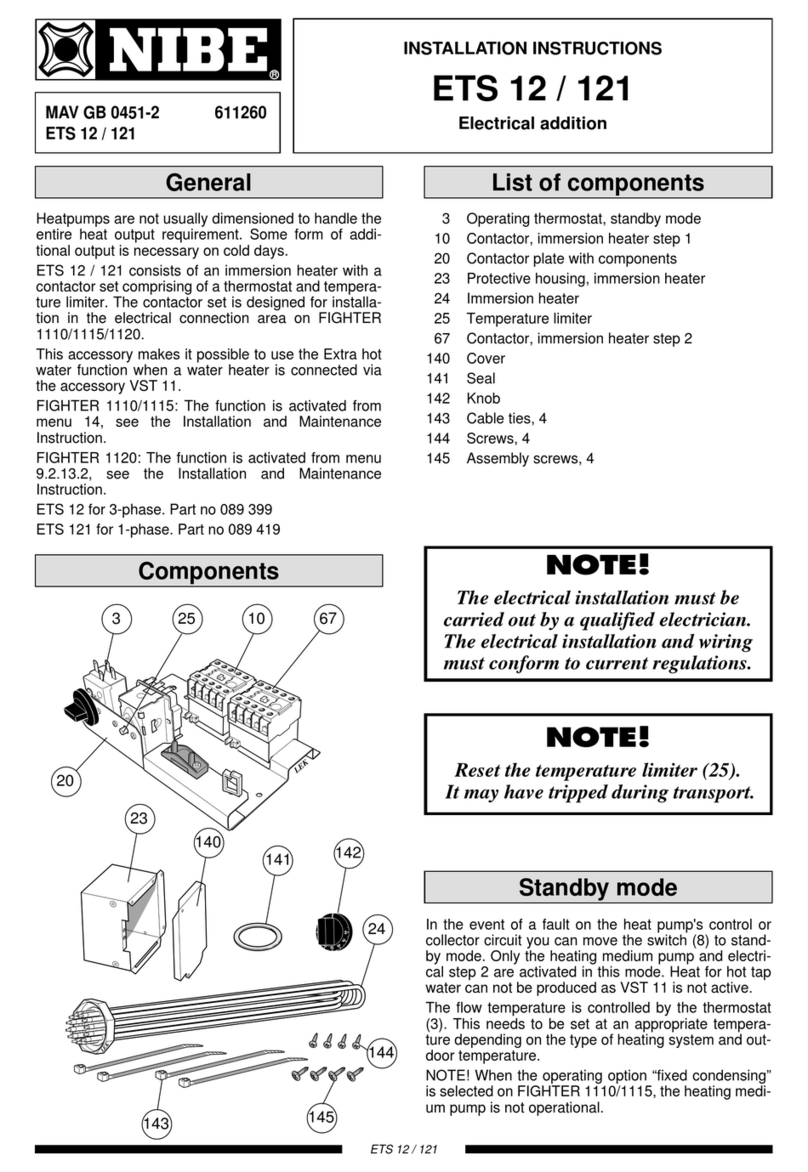
3603 Burron Avenue, Saskatoon, SK S7P 0E4 Ph: (306) 651-1815
email: sales@axiomind.com website: www.axiomind.com
NT25-P18 CONDENSATE NEUTRALIZATION TANK WITH PUMP
INSTALLATION, OPERATION, AND MAINTENANCE INSTRUCTIONS
NOTE - Check with your local water authority for regulations regarding discharge of treated
condensate to the drain or sewer system.
WARNING
1. Do not use to pump flammable or explosive fluids such as gasoline, fuel oil, alcohol, etc.
2. Do not use in explosive atmospheres.
3. Do not handle pump with wet hands, when standing on a damp surface, or in water.
4. To reduce the risk of electrical shock connect pump to a properly grounded grounding type
receptacle. It is reccommended to use the pump with a GFCI (ground fault circuit interrupter).
5. Connect the pump only to the power supply specified on the nameplate of the pump.
6. In any installations where property damage and/or personal injury might result from an
inoperative pump, a backup system and/or alarm should be used.
7. Do not twist or kink the drain hose.
8. Before doing any maintenance or repairs on the pump, disconnect the pump from the power
supply to avoid electrical shock.
9. Keep children away from pump.
10. This is a non-submersible pump.
11. Every installation or after-sales service should be done by a qualified service technician.
12. If the pump runs for more than 5 minutes before shutting off check the trouble shooting
chart on page 7 for a solution.
13. “Risk of damage to appliance”. The neutralization tank inlet must be at a lower elevation
than the condensate drain from appliance.
14. Do not allow exhaust flue gases to vent through the neutralization tank. All condensate
drains leading into the neutralizer must have a trap to prevent flue gas leakage. Flue gas leakage
can cause injury or death from carbon monoxide.
15. Connection to the appliance and neutralization tank must be installed to ensure that no
condensate backflow into the appliance can occur.

